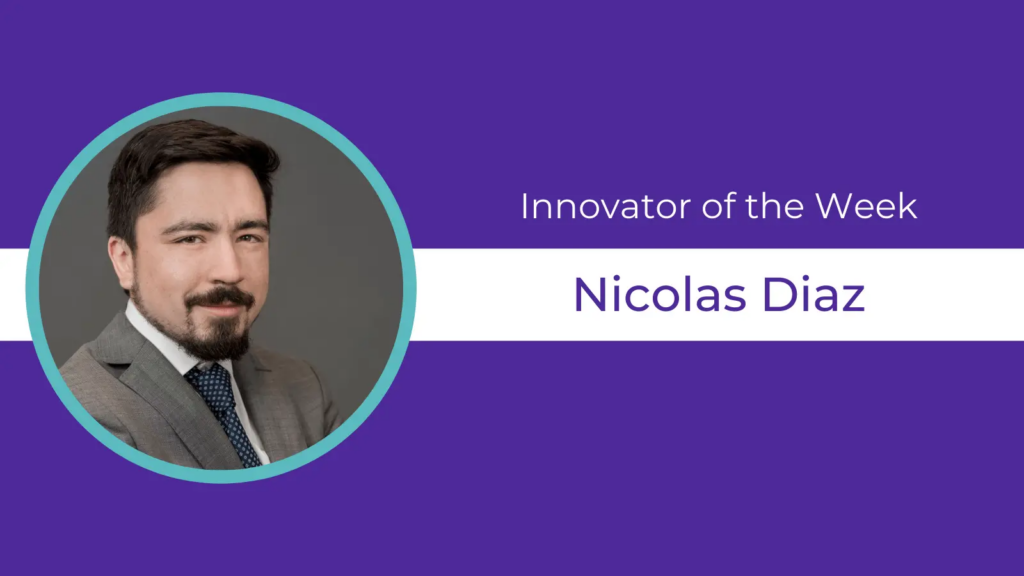
This article originally appeared on the Bloomberg Cities Network Hub.
Title: Chief Innovation & Data Officer
City: Syracuse, N.Y.
About a year ago, Nicolas Diaz was on a monthly Zoom that Bloomberg Philanthropies holds to connect chief innovation officers from cities around the world when he heard an idea from another city that captured his imagination.
The innovation team in Baltimore, Diaz learned, had set up a data dashboard to track progress on Mayor Brandon Scott’s agenda over his first 100 days in office. The public-facing dashboard combined several things Diaz feels passionately about: data-driven governance, transparency, accountability. Diaz tucked it away as an idea he wanted to borrow for Syracuse some day.
That day came a few weeks ago when Diaz launched a dashboard tracking his city’s investments of federal dollars coming through the American Rescue Plan Act. The site lays out not just what city leaders are spending the money on but also what results they’re achieving with it. That level of reporting required departments to push themselves to set detailed targets, as well as processes for knowing whether they’ve reached the targets or not. Syracuse Mayor Ben Walsh gave the dashboard a shout-out in his State of the City speech.
“It’s critical that we have goals, that we are looking at data, and we are tracking that data,” Diaz says. “We’re not going to be able to meet 100 percent of our goals. But the fact that we have those goals, and that we hold ourselves accountable, is what’s important.”
Diaz is deeply involved in one item Syracuse is spending its federal aid dollars on: improving broadband access for residents. He’s partnering with the Government Performance Lab at Harvard to try out a new way of thinking about procurement in Syracuse.
Like most cities, Syracuse normally takes a prescriptive approach with its vendors, laying out technical specifications for them to follow. For the broadband contract, however, Syracuse is taking a more results-driven approach. City leaders will focus largely on the goal they want to achieve—connecting 2,500 households to the internet—and leave it to vendors to propose how best to do it.
Diaz, 32, has had an extraordinary run of recent experiences in public-sector innovation. While working for the municipality of Santiago, Chile, in 2016, Diaz was part of the team that came up with an innovative approach to reducing childhood obesity, an idea that went on to win a $1 million prize in the Bloomberg Philanthropies Mayors Challenge. Later, while pursuing a masters degree at Harvard, Diaz worked as a graduate research assistant for the Bloomberg Harvard City Leadership Initiative and served as an innovation and data advisor to the city of Sioux Falls, S.D., during a summer fellowship.
“When I graduated from Harvard, I really wanted to work either in the innovation space or the data space,” he says. “I ended up in a position that sort of combined both. It’s a challenging job but one I’m lucky to have, as it really matches the interests I’ve been developing since Santiago. That’s where my interest in policy innovation and data-driven government really began.”
Pro tip: “Innovation teams should spend time defining their theory of change, understanding the organization and where you can bring the most value, and bringing in new practices. Otherwise you’ll always be putting out the latest fire.”



